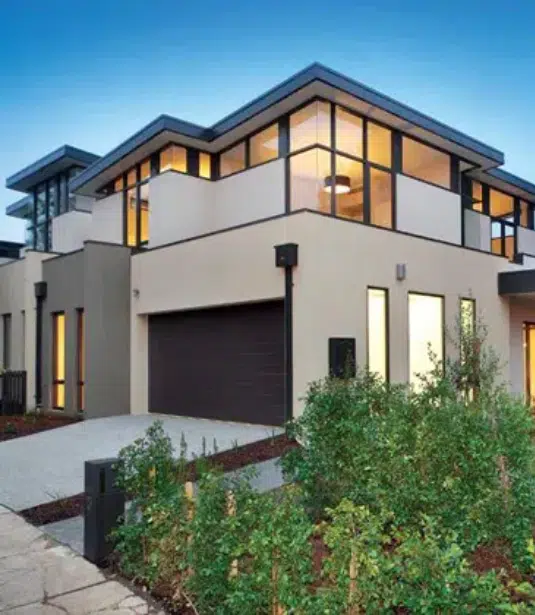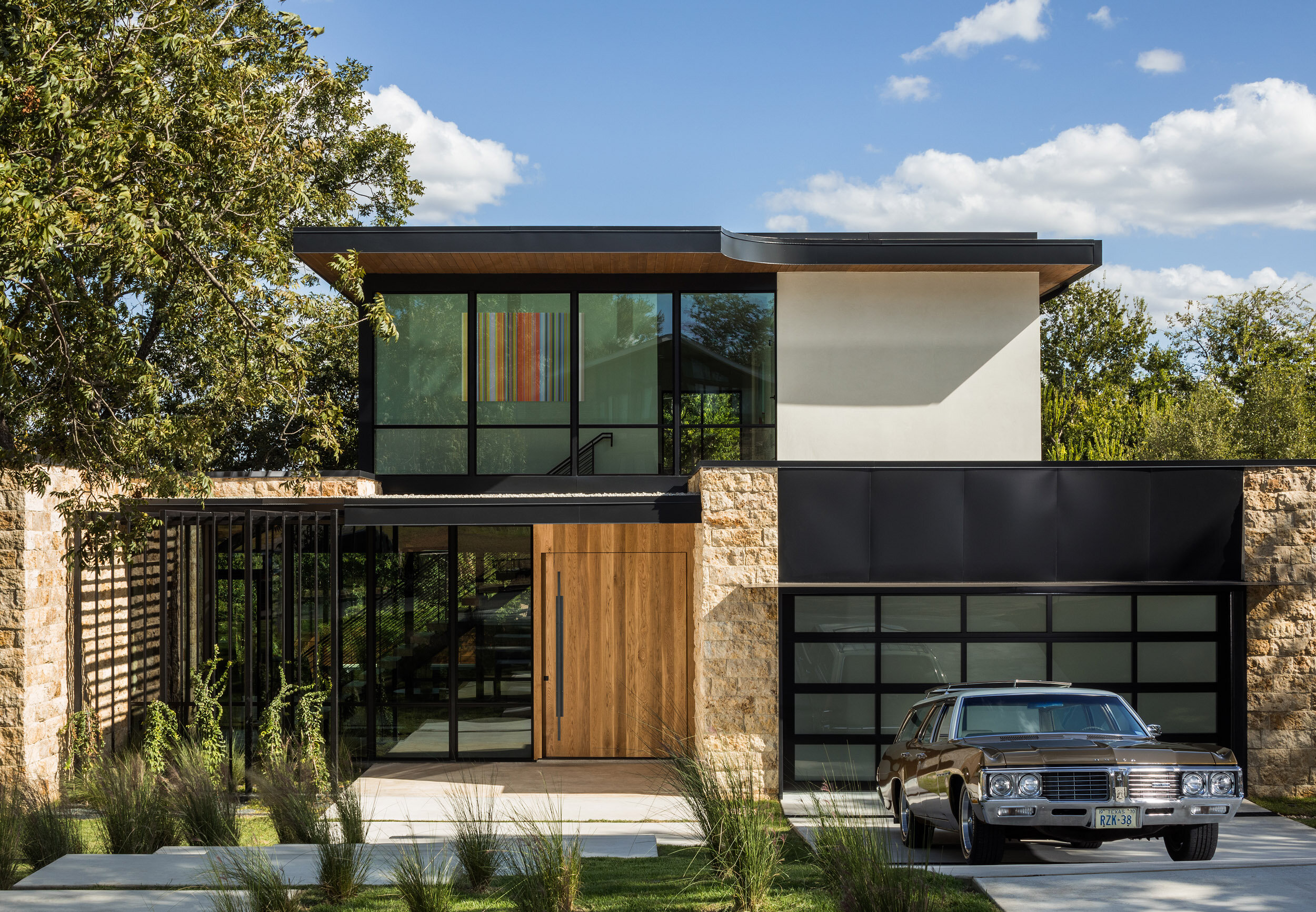Residential Interior Architect: Transforming Your Interior Spaces into Works of Art
Residential Interior Architect: Transforming Your Interior Spaces into Works of Art
Blog Article
Top Fads in Residential Style You Need To Understand About
As residential design continues to evolve, a number of engaging trends are forming the means we design and inhabit our living rooms. Secret growths such as sustainable building practices, the integration of smart home innovation, and the rise of modular homes underscore a substantial shift in the direction of both performance and environmental obligation.
Sustainable Building Practices
An enhancing variety of residential projects are embracing lasting building practices, driven by a growing recognition of environmental effect and power efficiency. This shift is characterized by the integration of green materials, energy-efficient styles, and cutting-edge construction approaches. Contractors and home owners are increasingly focusing on making use of sustainable resources, such as bamboo and recycled metals, which not just decrease the carbon impact yet likewise boost the durability and visual charm of homes.
Incorporating energy-efficient systems is an additional crucial aspect of lasting structure - residential house architect. Attributes such as high-performance insulation, energy-efficient windows, and photovoltaic panels are ending up being standard in brand-new domestic styles. These elements not just contribute to reduced energy intake however additionally supply significant long-term financial savings for house owners
Moreover, the design of sustainable homes commonly emphasizes all-natural light and air flow, lowering the dependence on man-made lighting and environment control systems. Landscaping techniques, such as xeriscaping, further advertise sustainability by minimizing water usage.
As the need for lasting living services remains to rise, the property style industry is positioned to introduce and adapt, making sure that future homes are not just environmentally accountable yet also comfortable and useful for their residents. - residential house architect
Smart Home Technology
Smart home innovation is revolutionizing the way house owners interact with their living spaces, improving comfort, power, and security management. This ingenious approach integrates different gadgets and systems, allowing individuals to manage their homes from another location or via automated procedures. Central to this pattern is using wise gadgets such as thermostats, lighting, security cameras, and home appliances, all linked by means of the Net of Things (IoT)
One of one of the most attractive features of wise home innovation is the capability to personalize setups for optimal power performance. Home owners can check energy use and readjust air conditioning, heating, and lights based upon their routines, significantly minimizing energy expenses. Additionally, advanced protection systems geared up with wise locks and surveillance cams give satisfaction, making it possible for remote tracking and alerts to possible security breaches.
Integration with voice-activated aides enhances user experience, permitting homeowners to manage gadgets with simple voice commands. As innovation continues to evolve, the possibility for clever home systems to boost top quality of life expands, making them an important consideration in contemporary household architecture. Eventually, wise home innovation is not merely a fad yet a fundamental shift toward extra intelligent living settings.
Open Principle Living
Open up principle living has actually become a specifying function in contemporary household style, identified by the elimination of conventional obstacles between rooms. This style ideology promotes fluidity and connection within the home, enabling a smooth shift in between areas such as the kitchen area, eating, and living rooms. By removing dividers and wall surfaces, open principle formats produce a sense of spaciousness, promoting a welcoming atmosphere that enhances social interaction.

Additionally, this technique to residential layout lines up with minimalism, focusing on useful simpleness and aesthetic coherence. Homeowners appreciate the versatility of these designs, which can be conveniently adapted to mirror individual design via furniture setup and decor. As open idea living remains to gain traction, it stays a testament to advancing family dynamics and the need for homes that enhance connection and convenience.
Biophilic Layout
Biophilic style has ended up being progressively considerable in domestic design, emphasizing the intrinsic connection between human beings and nature. This layout ideology seeks to integrate natural environments right into living rooms, therefore promoting a feeling of health and improving the lifestyle for passengers. By including attributes such as all-natural light, plants, and organic materials, biophilic layout advertises an unified connection in between interior environments and the natural world.
Crucial element of biophilic layout consist of large windows that supply unhampered views of outside landscapes, living walls that introduce greenery right into insides, and open layout that encourage airflow and natural light infiltration. Water attributes, both within and outside the home, offer to produce relaxing ambiences and enhance sensory experiences.
Furthermore, using sustainable materials not only sustains ecological stewardship however likewise adds to healthier indoor air top quality. As understanding of ecological concerns boosts, property owners are significantly prioritizing designs that mirror their link to nature. In significance, biophilic design not only elevates aesthetic appeal yet additionally addresses psychological and psychological needs, making it a vital trend in modern household style.
Modular and Prefab Houses

Additionally, prefab and modular homes are designed with sustainability in mind. Lots of manufacturers utilize energy-efficient systems and environmentally friendly materials, such as solar panels and progressed insulation strategies, adding to lowered power usage and lower utility costs for home owners. The adaptability of style alternatives allows for personalization, satisfying varied functional demands and aesthetic preferences.
As the need for budget-friendly housing proceeds to rise, modular and prefab homes offer a viable service, addressing both financial and ecological difficulties. Neighborhoods are progressively acknowledging the possibility of these frameworks, incorporating them into country and urban setups. Overall, the pattern this towards modular and prefab homes indicates this a change toward more sustainable, effective, and versatile living environments, making them a critical aspect of contemporary domestic style.
Final Thought
Sustainable structure techniques and clever home technologies enhance efficiency and ease, while open idea living and biophilic style foster social interaction and a connection to nature. The rise of prefab and modular homes uses personalized and inexpensive services, mirroring a more comprehensive shift towards practical and accountable living.
Trick growths such as sustainable structure methods, the integration of smart home modern technology, and the surge of modular homes highlight a considerable shift in the direction of both performance and environmental responsibility.The rise of modular and prefab homes has actually transformed the property design landscape, providing ingenious solutions for efficient and lasting living.In addition, modular and prefab homes are designed with sustainability in mind. Generally, the pattern towards prefab and modular homes indicates a change toward much more sustainable, effective, and versatile living settings, making them a crucial element of contemporary domestic architecture.
Sustainable building techniques and wise home innovations enhance performance and benefit, while open principle living this page and biophilic style foster social interaction and a connection to nature.
Report this page